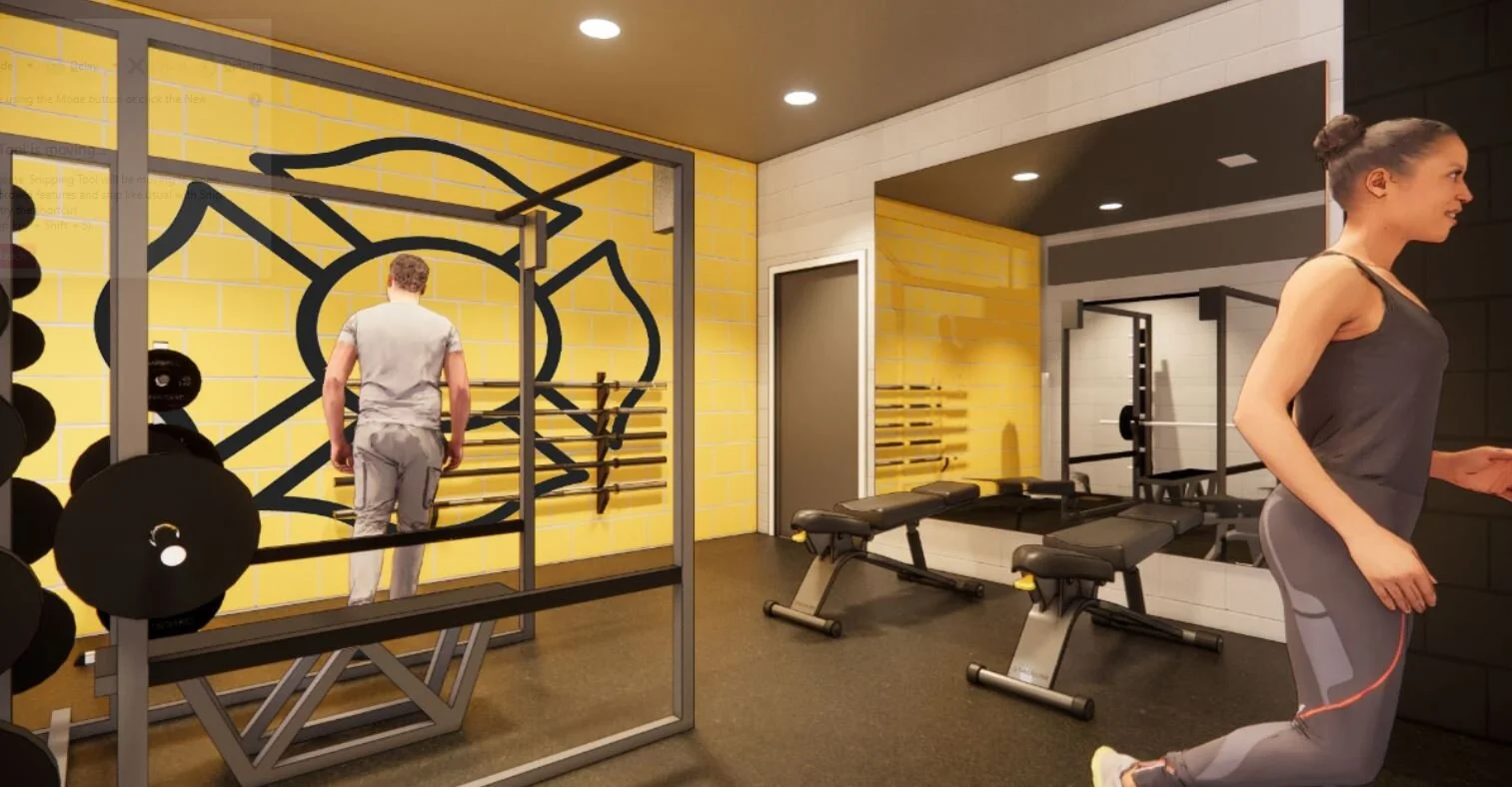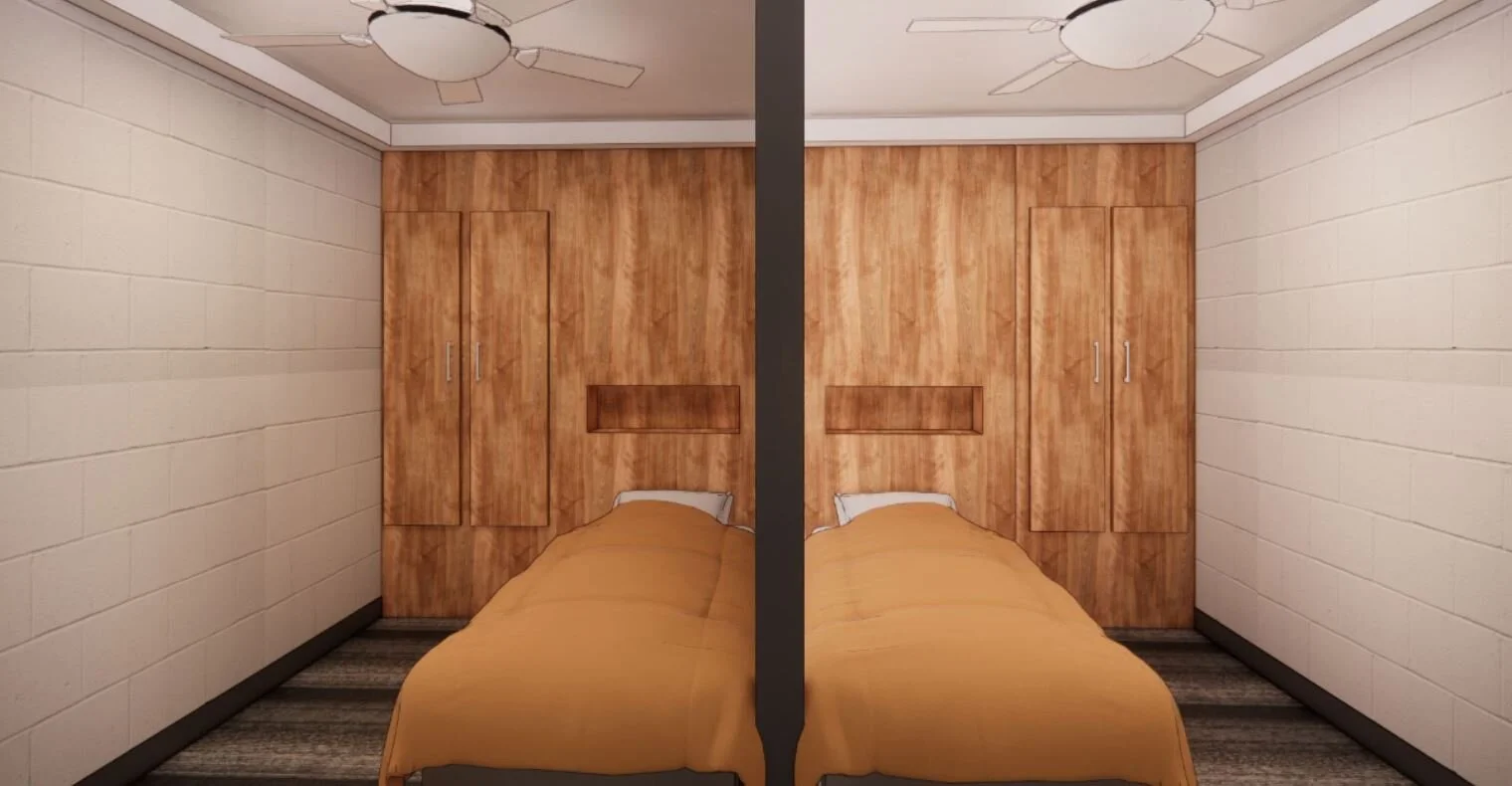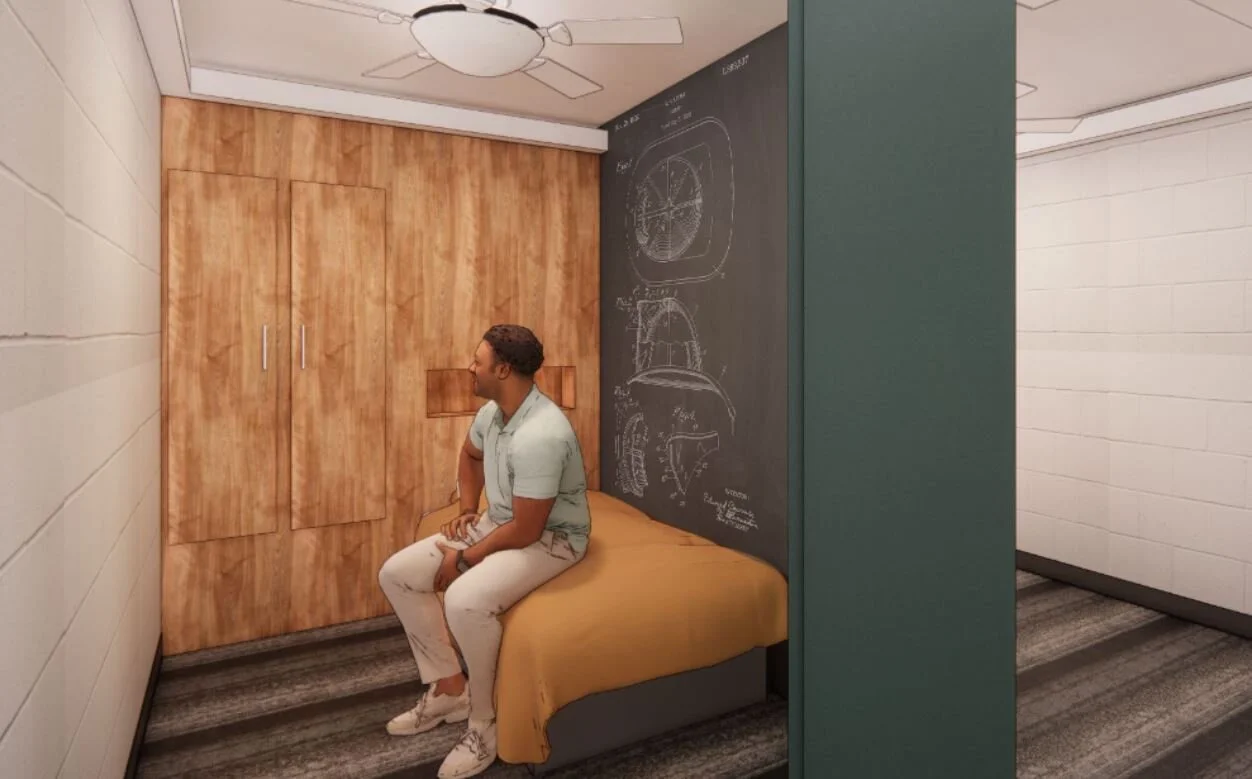Fire Station Design and its Effect on the Health and Wellbeing of Firefighters
“The significance of this design research is based on the user group of firefighters which consists of 370,000 career firefighters in the United States. Their typical shift is 24 hours on and 48 hours off, or every third day. Therefore, they spend 1/3 of each year living at the fire station. Firefighters provide a vital service to our communities. The nature of their job often exposes them to non-traditional health concerns. Firefighters specifically are exposed to harmful toxins which affect their physical health, while also completing a job that can have lasting effects on mental health. The environment they return to should protect the health, safety, and welfare of those who protect the health, safety, and welfare of others. The current designs of fire stations may not fully be taking this into consideration. The proposed design solution embodies the concept of empowerment by providing a place that supports their wellbeing, thus empowering them to be their absolute best on the job. The wellness theory is the basis of the design solution which guided the intuitive environmental affordances. The goal is for wellness activities to become second nature to the firefighters. The second way this project embodies empowerment is through the idea that architects and designers have a great responsibility to the end-users of each project. Our designs can have lasting effects and therefore it is our job to be curious, to question tradition, and to always be thinking forward: how can this design improve the lives of those using it? ”










